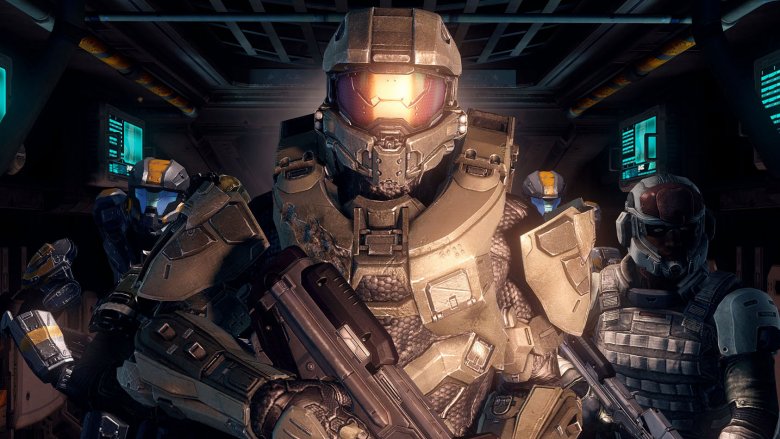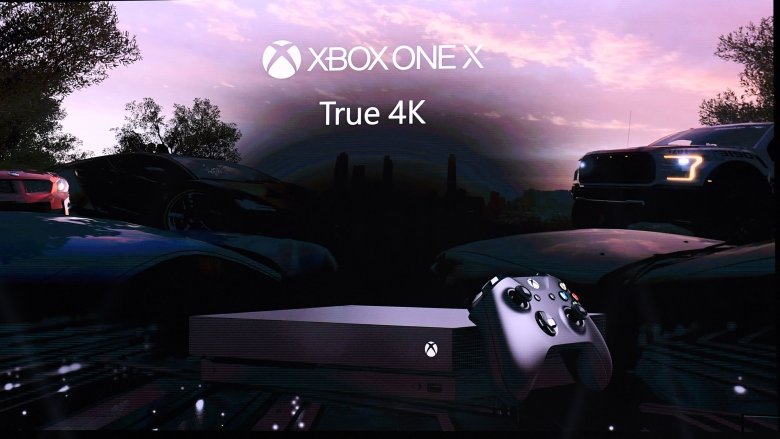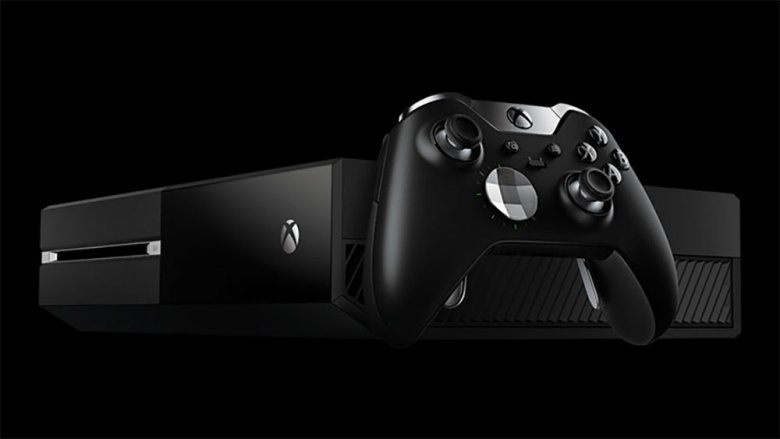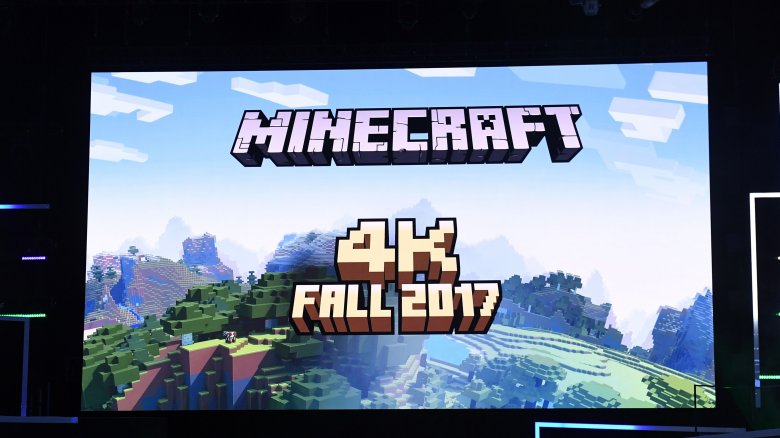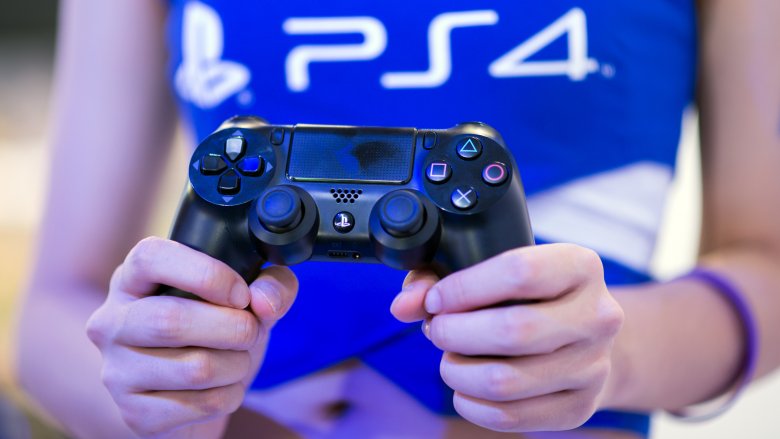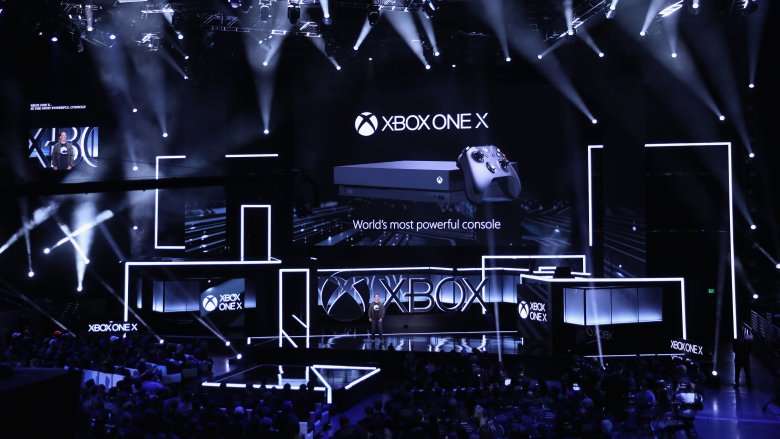How The Xbox One X May Have Already Failed
When Xbox head Phil Spencer says the Xbox One X is the most powerful gaming console ever made, it's no idle boast. You don't need to know what a teraflop is or understand the intricacies of high-dynamic range displays to see the device's potential. Once you see it running in person, you'll know: video games have never looked this good.
But that doesn't mean the Xbox One X isn't a risk. By Microsoft's own admission, it's a niche product, and nobody seems quite sure whether the enthusiast audience will embrace the console the way Microsoft hopes they will. With a hefty price tag, a confused marketing message, and a narrow appeal (for now), Xbox One X could either be the next big thing in gaming or a complete afterthought. It's all up to Microsoft and how the company chooses to handle the many obstacles in its path. Good luck, guys—we're rooting for you.
The price tag
Let's face it: unless you have a Scrooge McDuck-esque swimming pool full of cash, $500 is a lot of money, especially for a video game console. It was a lot in 2006, when Sony announced that the PlayStation 3's lower-end 20-gigabyte model would launch at $499 (and practically got laughed off of the stage at E3 as a result), and it's a lot now. An Xbox One S—i.e. the regular kind—retails at $250. Technically, the PlayStation 4 carries a $350 price tag, but it's often available for around $100 less (and comes with a free game, too). The Nintendo Switch, assuming you can find one, will set you back $300. Even the PlayStation 4 Pro, the Xbox One X's closest competitor, only costs $400.
But if you want to play your Xbox One games in 4K resolution, you'll need to fork over half a grand, in addition to any money you spend on software or extra controllers. Of course, the Xbox One X is full of cutting-edge technology, and that kind of power doesn't come cheap—as Microsoft's Dave McCarthy points out, the Xbox One X is still a lot less expensive than a high-end gaming PC—but at $500, Microsoft's latest console isn't just a purchase. It's a commitment, one many consumers may not be willing or able to make.
We've seen this before. While Sony tried to encourage fans to shell out big bucks for the PlayStation 3, the console didn't overtake the Xbox One in worldwide sales until 2013 (and never caught up in the United States), nearly seven years and a number of price cuts later. In 2013, the first edition of the Xbox One launched at $500 against the $400 PlayStation 4, and got off to an extremely slow start—it wasn't until the Xbox One S came out, with a $300 retail price, that Microsoft started to turn things around. That was only three years ago, and it doesn't look like Microsoft's learned its lesson—while the Xbox One X could prove to be a surprise hit, at that price, history isn't on its side.
A branding nightmare
Here's a fun game: try to explain the various editions of the Xbox One to a non-fan and see how quickly their eyes glaze over. The Xbox One line is, in short, a mess. Oh, sure, things started out simple enough: at the beginning, there was only a single Xbox One console, which came with a 500-gigabyte hard drive and an improved version of the Kinect motion and voice sensor. Unfortunately, it didn't sell very well, and Microsoft started tweaking. In 2014, the company released an Xbox One without Kinect included. In 2015, it released a third model: a Kinect-free version with a one-terabyte drive.
That's still pretty simple—but then the Xbox One Elite happened. Like the Xbox One X, the Elite was aimed at hardcore fans, offering a small power boost, a gamer-focused "elite" controller, and a solid-state hard drive that promised to make games boot up to 20% faster. But the Elite wasn't built to last (it was a one-off offering that was only sold in November 2015, and only at GameStop stores), and it quickly disappeared.
Still with us? It gets worse. In 2016, Microsoft launched the Xbox One S, a streamlined version of the console that traded in the Kinect ports for a more compact design and support for 4K video, including automatic upscaling for all 1080p games. But wait! Isn't 4K the Xbox One X's big selling point, too? It sure is. That's what makes this so confusing: not only do the Xbox One S and the Xbox One X have remarkably similar names, but according to the box, they both do the same things. The Xbox One X just does them better.
Xbox diehards will have no problem keeping everything straight, but don't expect the parents and grandparents who often purchase these things for birthdays and holidays to make sense of it all—and that's without even mentioning the abbreviation for the Xbox One X, which is literally "XBOX." Ugh.
The 4K problem
Tech industry pundits are bullish about the 4K television market, which is poised to grow very quickly thanks to greater consumer awareness and the sudden proliferation of affordable 4K TVs, but at the moment, there aren't that may 4K screens out there. At the end of 2016, only about 10% of all American households had a 4K TV. While that number is expected to grow to 33% by 2019, that's the future—and Microsoft needs to sell Xbox One X consoles in the present.
While the Xbox One X will make games look better on normal HD screens, the improvements aren't nearly as dramatic, and Microsoft is pushing 4K graphics as the Xbox One X's big selling point. It's hard to imagine, however, that many consumers will pick up an Xbox One X without being able to use its number one feature—if they even know what that is.
Like virtual reality, 3D, and other display-oriented technologies, 4K can be hard to market. A commercial, E3 presentation, or game trailer only looks as good as the screen it's being watched on. Anyone who's still using an HD display to, say, watch the Forza Motorsport 7 trailer won't see how much better games look in 4K because their screen is capped at 1080p resolution. On the Xbox One X, video games really do look more detailed and lifelike than ever, but that's difficult to communicate without showing off the tech in person. Until 4K screens become more common, the general population won't be able to actually see the Xbox One X's visual improvements, leaving many likely wondering what all the fuss is about.
No killer app
Microsoft kicked off its E3 conference by showing Forza Motorsport 7 running on the Xbox One X. It looked great. So did Crackdown 3, BioWare's new Destiny-like shooter Anthem, Assassin's Creed Origins, Ori And the Will of the Wisps, Middle-earth: Shadow of War, and many, many others.
But the first Xbox arrived alongside Halo. The Xbox 360 had Call of Duty 2 and Perfect Dark Zero at launch, and by the time the PlayStation 3 came along to challenge the Xbox 360, Gears of War was on shelves and in players' hands.
By contrast, the Xbox One X doesn't have a must-play launch title in order to tempt customers who are still on the fence about joining the Xbox community. The Xbox One X isn't technically a new system and it's not being launched like one, but a new entry in a major first-party franchise—something with Master Chief, for example—would go a long way toward getting people buzzing about the Xbox brand. Positive word of mouth could help boost the Xbox One X's chances at the marketplace, but so far, no such game exists. There are going to be plenty of excellent titles released this holiday season, but none of them are Xbox One X exclusives, making it just a little bit harder to justify that $500 plunge.
The same old games
The Xbox One X isn't just about 4K displays, of course. Thanks to the device's souped-up CPU and cutting-edge graphics card, your games won't just play in a higher resolution, they'll also run much smoother. Microsoft promises the Xbox One X will boost frame rates (and keep those frame rates consistent during play), shorten loading times, and allow developers to make use of higher quality textures and 3D assets.
In terms of actual content, however, things won't be that different. Xbox Games marketing head Aaron Greenberg says there won't be any Xbox One X exclusive games. In other words, every game that your Xbox One X plays must also run on the regular old Xbox One (or Xbox One S). As a result, developers can't take full advantage of the Xbox One X's specs, meaning that some of that extra power is going to go to waste, so don't expect the Xbox One X to provide more realistic artificial intelligence, larger and more varied levels, or more flexible story options. For the time being, the Xbox One X is all about the display. Things will look and feel better than ever, but the core gameplay will remain unchanged.
No true exclusives
At E3 2017, Microsoft claimed it had 22 "exclusive" games to feature during its annual presentation. That was true, with one big caveat: for the most part, Microsoft was talking about console exclusives. This means that, while many of the games on display at Microsoft's E3 show won't appear on the PlayStation 4 or Nintendo Switch, they will be playable on Windows PCs, provided you have a rig that's powerful enough to handle current generation titles.
For Microsoft, that makes a lot of sense. After all, the company isn't just a video game manufacturer, it's also one of the biggest, most ubiquitous PC software companies in existence. Microsoft's Windows operating system powers 90% of all new PCs, many of which are used to play games. Condemning titles to an Xbox-only existence could damage the PC gaming market, and thereby Microsoft's bottom line. For the company, releasing games on both the Xbox One and Windows 10 (especially as "play anywhere" titles, which allow owners to play on both devices free of charge) just makes sense.
But there is one drawback: shared exclusivity makes the Xbox One—including the Xbox One X—less essential. If you want to try Horizon: Zero Dawn or Uncharted 4, you have to buy a PlayStation 4. If you're craving The Legend of Zelda: Breath of the Wild, you need a Nintendo Switch. If you want to play Crackdown 3, Gears of War 4, or PlayerUnknown's Battlegrounds, you have options.
The Xbox One X is cheaper than a high-end gaming rig, but a PC can do more than just play games (try to write a term paper on your Xbox One and see how well that goes). In addition, the Xbox One X is marketed largely towards tech junkies, many of whom already have powerful computers. Other than having the newest, shiniest gadget on the market (which can be a big draw), there's no real reason to double-dip, which could ultimately hurt the Xbox One X's bottom line.
A question of momentum
By the time the Xbox One X launches on November 7, 2017, the current console generation will be four years old. While the PlayStation 3 and Xbox One lasted for seven and eight years respectively, common wisdom contends that the average console cycle is only about five years long. At the very least, by that time, there's usually a clear "winner" and "loser" in the race for video game supremacy—and this time around, it's Sony's world, and we're all just living in it.
The Nintendo Switch is hot and the Xbox One is doing just fine, but the PlayStation 4 has had a leg up on the competition since its debut, and Sony's game division doesn't look like it's slowing down anytime soon. For Microsoft, that's a problem. The Xbox One's sales haven't been disastrous by any measure (in fact, since the Xbox One S debuted, they've actually seen a huge uptick), but perception has a big impact on consumers' purchasing decisions, and customers choosing between the Xbox One X and the PlayStation 4 Pro might be hesitant to go with the second-place option, especially given the price difference. Maybe the Xbox One X will help turn the tide in Microsoft's favor—or maybe the market's preconceived notions will ultimately hurt the machine. We'll see this November.
It depends on how you define failure
Microsoft's executives aren't stupid, of course. They know $500 is a lot to ask for a gaming console, and they understand that many of the Xbox One X's core features—the 4K resolution, high dynamic range technology, and smooth and stable frame rates—appeal to a dedicated but small group of enthusiasts, and they've adjusted sales expectations accordingly. In other words, the Xbox One X could sell comparatively few units—reportedly, Microsoft only plans to sell a half-million Xbox One X consoles this holiday season—and still be considered a success.
As time goes on, the Xbox One X is going to look like a better and better deal, too. As more people become familiar with 4K technology, and as more 4K TVs make their way into living rooms across the country, the Xbox One X will be there to help consumers get the most out of their new toys (a decent 4K UHD Blu-ray player costs around $500—for that price, you might as well pick up an Xbox One X, which plays games and does video streaming, too). Additionally, not every executive is willing to rule out the possibility of Xbox One X-exclusive games in the future. If the console survives, it's possible that we'll see some games that use the machine's power for more than just a souped-up presentation.
Microsoft just needs to get the Xbox One X over the initial hump first. There's no doubt that the Xbox One X is an impressive machine, and thankfully, Microsoft still has time to refine its message and spread the word. November 7 is coming right up, but Microsoft's proven that it's in video games for the long haul—hopefully, the Xbox One X will deliver on its potential, and with any luck, that'll happen sooner rather than later.

